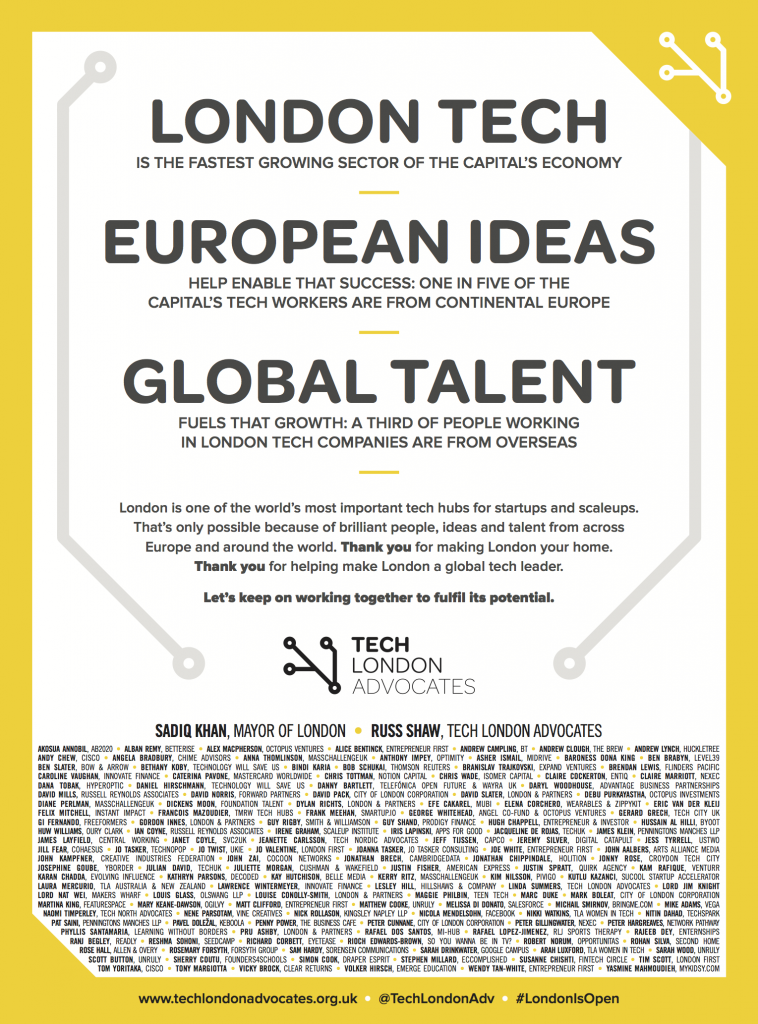Businesses of all sizes have latched onto the idea of having a Purpose. The concept of working towards something that takes you beyond profits to a wider benefit for society fits nicely with current trends among the chattering classes and, if we’re honest, nicely feeds executives’ egos.
There is no shortage of advice about why you should have a Purpose. However, there is also no shortage of critics waiting in the wings to decry your efforts if you fall short. Conscious of this, I’ve been working on a framework that helps plan chart a path from Purpose to practical day-to-day activities.
POST
This framework is simple. Its success, however, depends on the clarity with which you define each phase of it.
Purpose
Objective
Strategy
Tactics
Based on the OST framework popularised by Alastair Campbell. POST places Purpose at the start. It assumes that Purpose is defined for an organisation by those who run it. This framework falls apart if different departments and teams are working towards different ends.
We then step down to your team’s Objective. This tends to be something agreed with or approved by senior executives. Your Objective should align with your Purpose, but it should not be abstract; it must be practical.
Then we move down to Strategy. Now, here it gets tricky. At this point in planning, particularly in large organisations, it’s not uncommon to find multiple strategies within teams. It’s a recipe for disaster. A team should have a single Strategy. For comms teams, that means a single communications strategy. You don’t need different strategies for media relations, digital, etc. Where this happens, it’s normally a sign of silos or teams not really understanding their Objective. The only caveat to this is internal communications which can make a pretty strong case for having its own strategy, probably one that aligns closely with HR’s.
Now we get to Tactics. This really should be the easy bit. What are you going to do? It needs to deliver your Strategy, which delivers your Objective, all of which needs to be aligned with your Purpose.
The key to successful delivery is getting this framework, or similar thinking, widely adopted within your organisation. If there isn’t a clear, simple way to link what you do everyday to your organisation’s Purpose, you will never deliver it.
